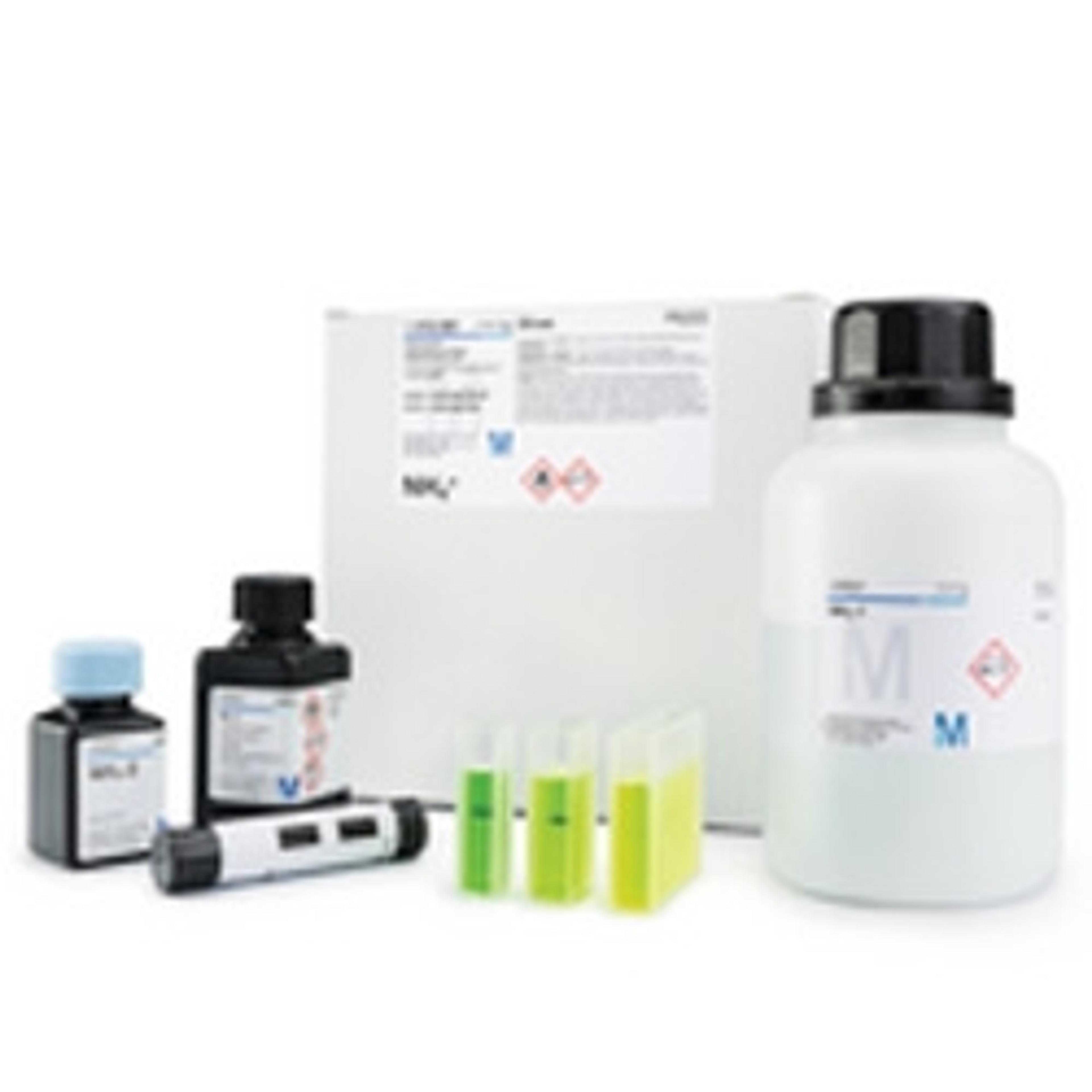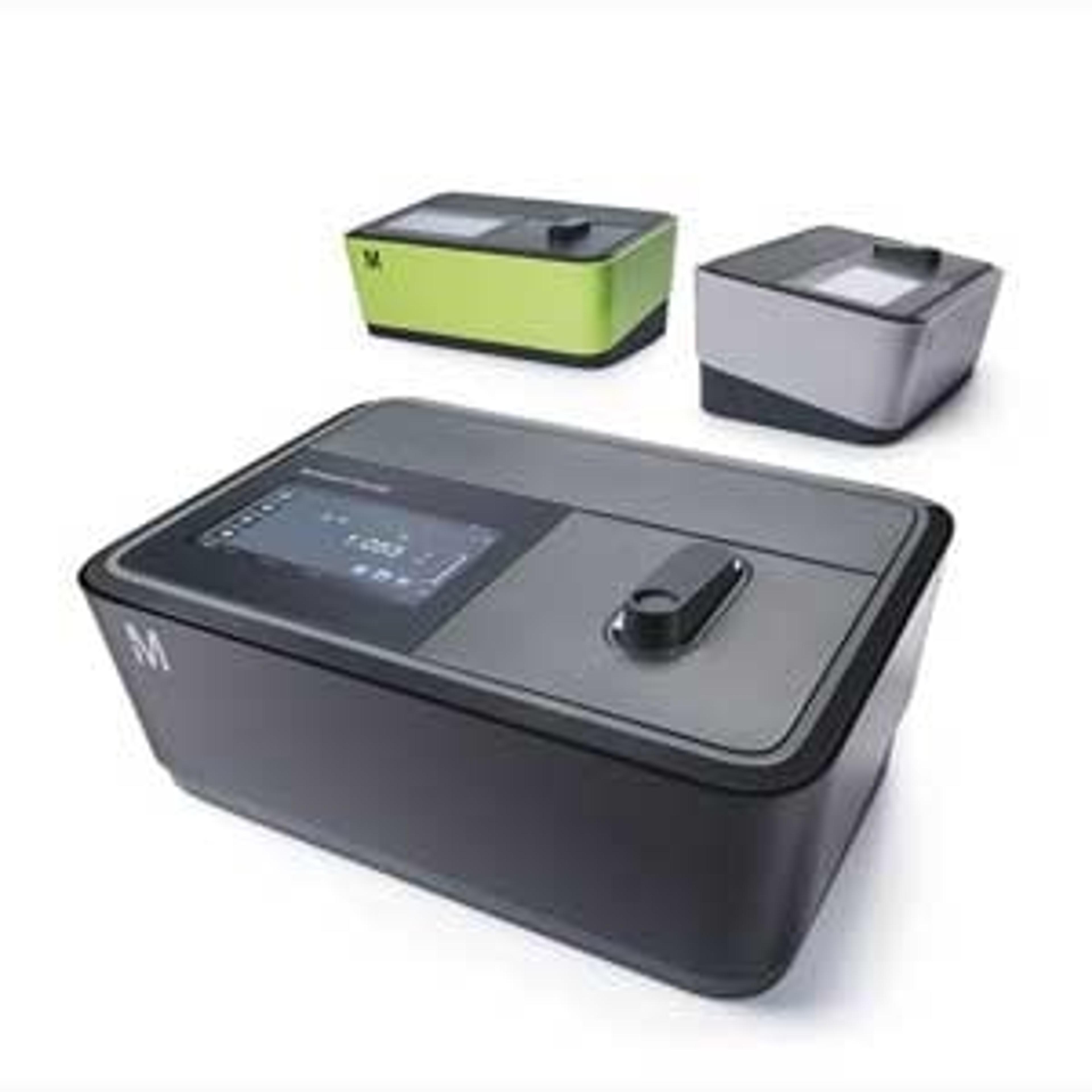Applying the Beer-Lambert Law at the Brewery – Sulfur Dioxide Analysis Made Easy with Spectrophotometric Test Kits
Find out how Merck KGaA’s Spectroquant® Sulfite test kits could save you time and money during the beer brewing process
12 Dec 2018
Monitoring a range of parameters such as bitterness, sulfite content, and spoilage contaminants throughout the beer making process ensures that you can produce safe, delicious, and high-quality beer.
In a recent SelectScience® webinar, Dr. Fabian Zieschang and Samuel Santiago of Merck KGaA discussed how to streamline both your chemical and microbiological analysis workflows during the brewing process, and how to easily use Spectroquant® Sulfite test kits instead of traditional p-rosaniline or distillation methods for analyzing sulfur dioxide in beer.
If you missed the webinar, you can now watch it on demand at your leisure. Read on for highlights from the webinar’s Q&A session.
Watch Webinar Now
SS: You spoke about sulfur dioxide in the webinar, but the test is called Sulfite Test. What is the reason behind that?
Fabian: SO2, or sulfur dioxide, in its purest form is a gas or found in an aqueous solution. SO2 in water can exist in different forms, and these different forms are all in equilibrium with each other. At very low pH levels, there is only a very small portion of dissociated SO2 in water. Then at medium pH, around pH 5, the predominant species present is hydrogen sulfite, which is HSO3-. At higher, more alkaline pH, we find SO32-, which is called sulfite ion. Our Spectroquant® Sulfite test kits work at around neutral pH, where we find a rough 50/50 ratio between SO32- and HSO3-. The equilibrium between these species is the reason why the terms sulfur dioxide and sulfite are very often used interchangeably. The European Brewery Convention (EVC), as well as the American Society of Brewing Chemists (ASPC), give their results in grams of SO2 per liter in the beer. This is why we use this unit and citation form as well.
SS: How do the p-rosaniline tests and the test kit compare in costs?
Fabian: We did some calculations on this, of course. First, we need to differentiate between the costs of labor, as well as material cost. For a single analysis, the material cost of one Spectroquant® Sulfite est is roughly €1 to €1.5. The same price can roughly be assumed for the distillation method. For the p-rosaniline method, it's roughly €10. But when we take labor costs into account, then the cost of the Spectroquant® Sulfite test kits comes up to around €13, the distillation method is roughly €60 and the p-rosaniline method is roughly €200. It sounds a bit overestimated, but keep in mind this is just the price for one single test. This is because you have to prepare a lot of reagents for the p-rosaniline method. If, for example, you do 50 tests, these costs drop significantly, so the Spectroquant® Sulfite test kit is still at roughly €13 per test. The distillation method drops to around €18 and the p-rosaniline method will come to roughly €25. This is much reduced from €200 for a single analysis, but still roughly double the price estimated for the test kits. These numbers are rough estimations and made on very basic assumptions, but I think they give a good idea of the price structure of these different test methods.
Find out more on this topic by watching the full webinar on demand>>
SelectScience runs 3-4 webinars a month across various scientific topics, discover more of our upcoming webinars>>


